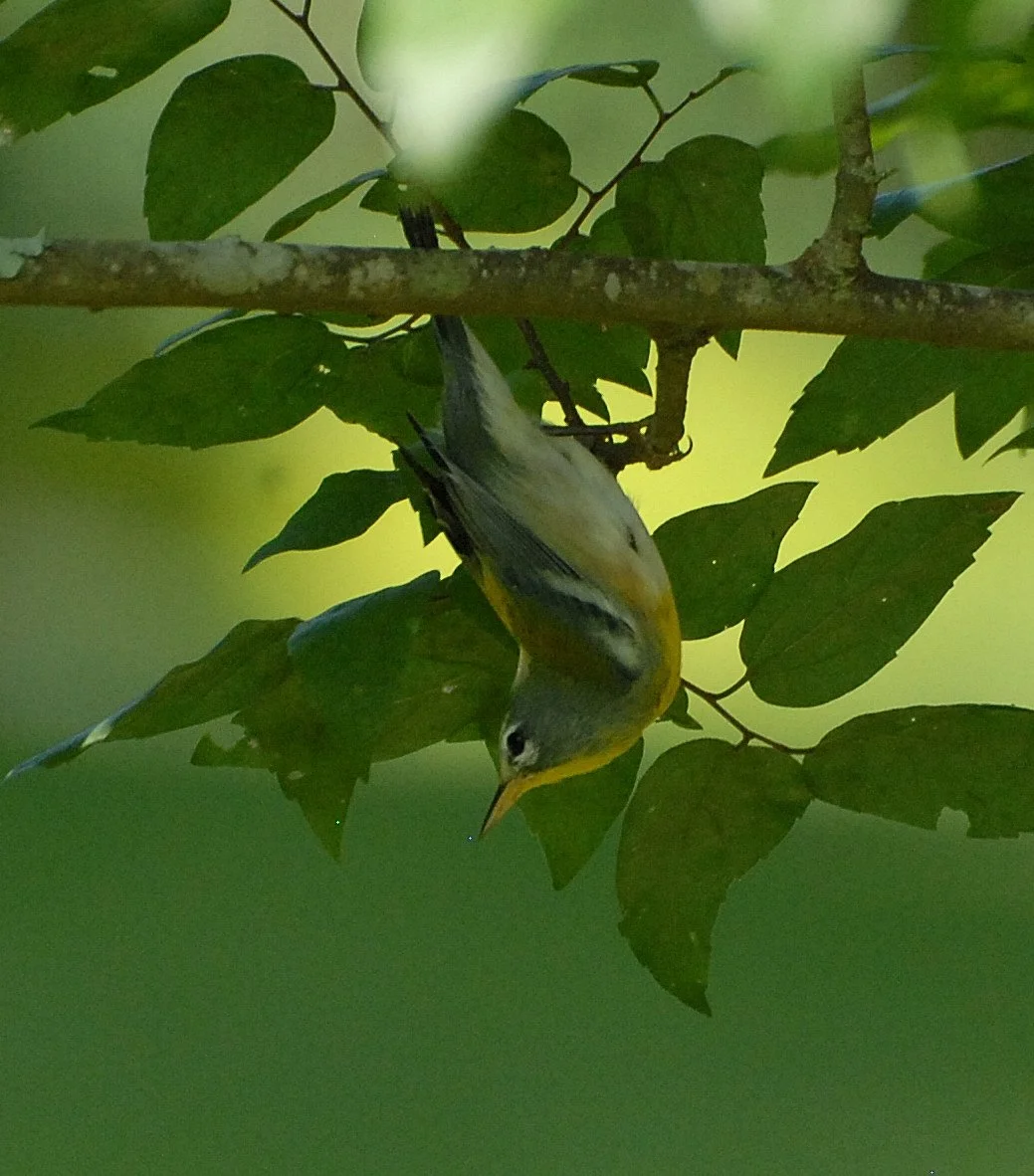Highlights of the 2024-25 Audubon Christmas Bird Count in the Wekiva Basin
by FOWR Board member Jay Exum, Ph.D.
On December 14 th , 42 birders, in groups organized systematically across the Wekiva River basin, counted 13,907 individual birds of 125 species as a part of the annual Audubon Christmas Bird Count. For almost 35 years, the Friends of the Wekiva River have organized the count; I have been compiling the data for about the last 15.
Twenty-eight species were represented by more than 100 individuals, and these birds made up about 85% of the total number of birds observed. Only 1 individual was observed for 21 of the 125 species documented. Sixty-six species have been observed in every year of the count. All species recorded this year had been observed in a previous year of the count. I could go deeper into the statistics of this year’s count, compare the data with previous years, and with previous counts in Florida or across the United states, but it may be more interesting to dive into the characteristics and habits of four of the birds that we observed this year. The American Robin was the most abundant bird observed this year with 4,313 individuals counted.
This bird is ubiquitous across North America, and its estimated population is similar to that of the human population in the US - 370 million. Their numbers have slightly increased in the past 50 years, and they seem to be doing well across their range. They don’t breed in central Florida, but due to their noisy inclination, large body size, and tendency to travel in large flocks across the Wekiva basin, we always see high numbers of American Robins during the Christmas Bird Count.
American Robin
The Yellow-rumped Warbler has been the most common warbler on most of the Wekiva River Christmas Bird Counts. We recorded 578 Yellow-rumped Warblers, but the number observed was likely much higher because it is difficult to count them as they flit rapidly in loose flocks through relatively dense underbrush. The estimated Yellow-rumped Warbler population is steady with 170 million birds across its range. Yellow-rumps have different feather patterns between the western and eastern populations, but they are drab birds when they are here in the winter. When their yellow rump is exposed, as in the photo on the left, below, they are easy to identify. But more often, the view of the bird is like the drab grey individual shown in the photograph on the right, which can be hard to identify. They can also be recognized by a somewhat distinct chipping sound that they deliver frequently while foraging (Yellow-rumped Warbler call from the Cornell - Macaulay Library). Yellow-rumps occur in a myriad of habitats across their range, and they are flexible in their diets, consuming insects of all sorts, and fruits of many types of shrubs and trees, including wax myrtle.
Yellow-rumped Warblers
The American Robin and Yellow-rumped Warbler are examples of Wekiva winter birds that are highly adaptive, somewhat undisturbed by the presence of humans, and have increasing or steady populations. On the other end of the spectrum is the American Woodcock. Only one woodcock was observed during this year’s count, and they have only been observed in 9 of the 33 Wekiva counts. This is in part due to the relatively secretive nature and camouflaged feather pattern of the American Woodcock. I took the photo below in a swampy area typical of where Woodcocks forage. This image is what I expect to see of a Woodcock in its preferred habitat if I am lucky enough to see it before it flies. The Wekiva basin is at the edge of the American Woodcock’s breeding range; they typically breed from northern Florida to southern Canada in the eastern United States. They may be more abundant in the Wekiva basin in the winter than our count data indicate since they frequently occur in dense forested wetlands that are not easy to survey. Across their range, the American Woodcock has declined in the last 50 years and their North American population is estimated to be 3.5 million birds.
American Woodcock
We also only observed 1 Northern Parula in this year’s count. This is primarily because this common warbler mostly migrates south of us from South Florida and the Caribbean to Central America, though a few do linger here in the winter. But they are a common bird of forested habitats in the Wekiva basin in the spring and summer. They are small, even for warblers, with short tails and thin bills. Although they forage at different heights, they may quickly flutter 30 feet up in the tree canopy chasing an insect and be difficult to see. Fortunately, males in the spring are highly vocal, and their distinctive, persistent song is a common harbinger of spring in central Florida (Northern Parula Song from Cornell Macaulay Library). Males are a beautiful mixture of blue, yellow, orange and white; females are a faded version of the males. They are adapted to urban and suburban surroundings and have an estimated population of 18 million birds. Although they are small, long-distance migrants, their population is believed to have slightly increased over the last 50 years.
Northern Parula
Participation in the Christmas Bird Count can be enjoyable and rewarding for many reasons. Many of our groups go to remote areas of public lands within the Wekiva River basin and survey birds in areas that the public doesn’t frequently get to visit. Other birders focus on the incredible diversity of birds that exist in urban and suburban areas in central Florida in the winter. Some are intent on observing the maximum number of species or the maximum number of individuals, while others get more enjoyment from the personalities of unique birds they may not get to see very often.
If you are in pursuit of deep natural experiences, the sporting aspect of birding, or you want to enjoy the beauty and fascination of species that have travelled thousands of miles to be where they are at that one moment, the Wekiva River Christmas Bird Count may be for you. We encourage you to put this year’s count, scheduled for December 20 th , 2025 on your calendar.
Then reach out to the Friends of the Wekiva River, or Seminole or Orange Audubon to find out how to participate.
Jay Exum
Jay.h.exum@gmail.com






